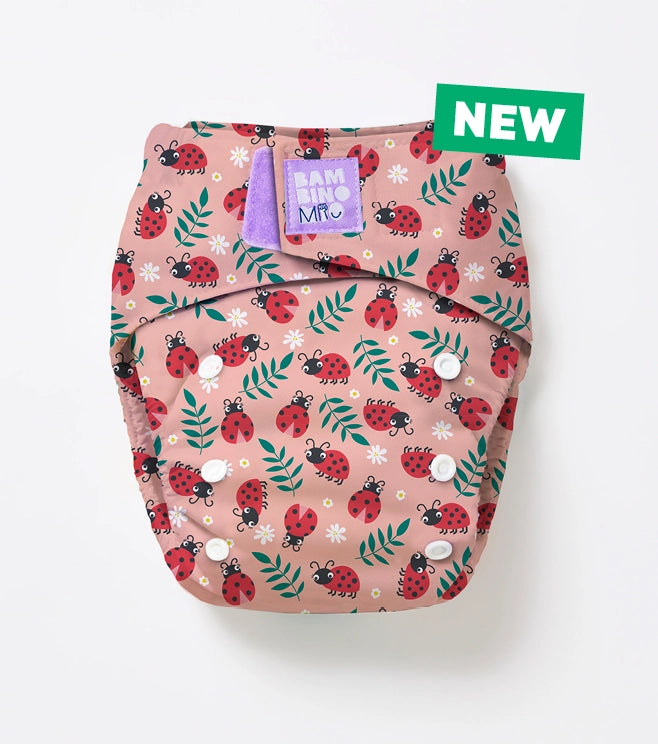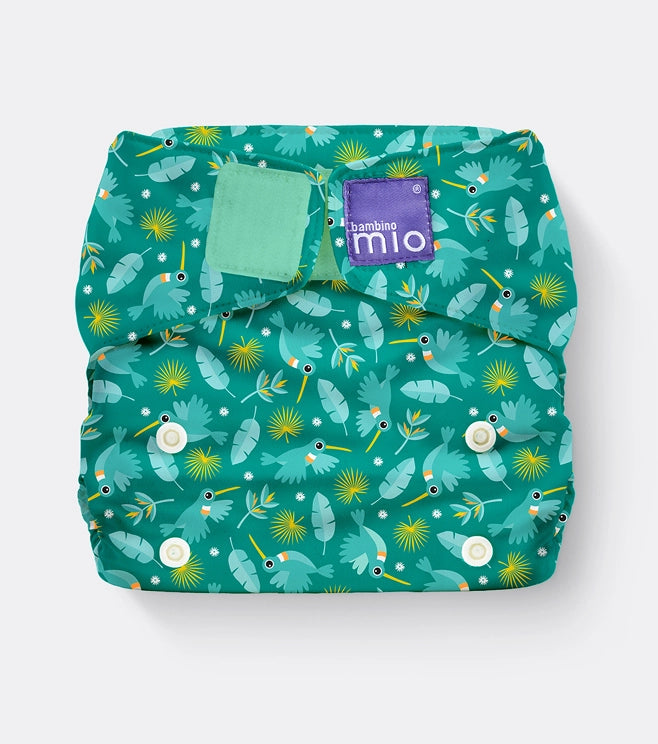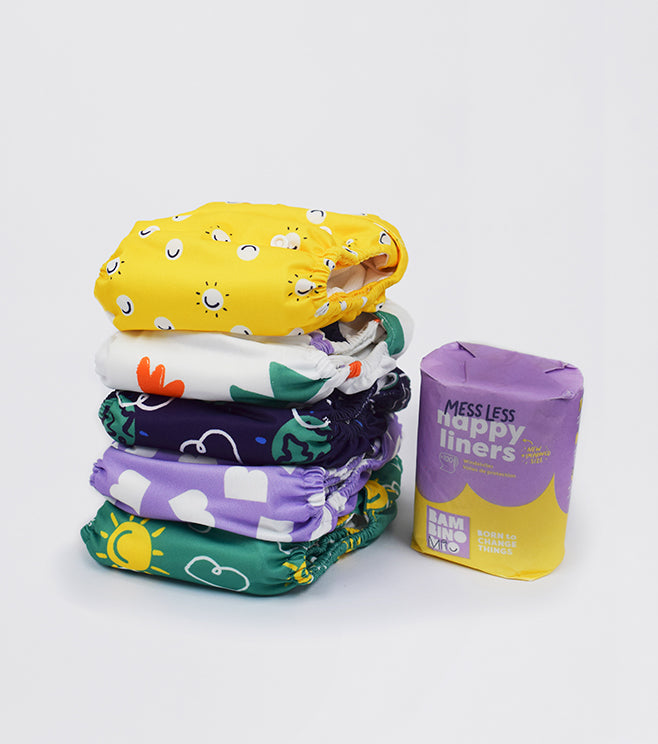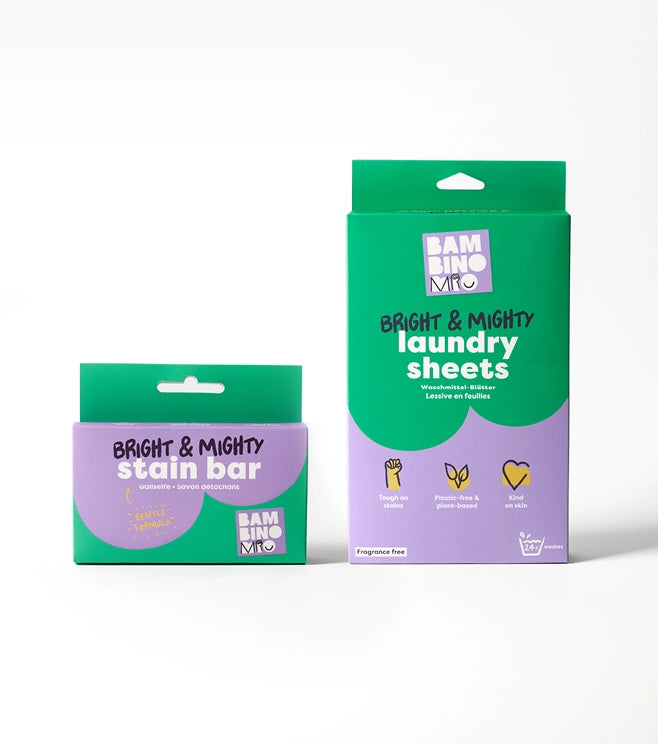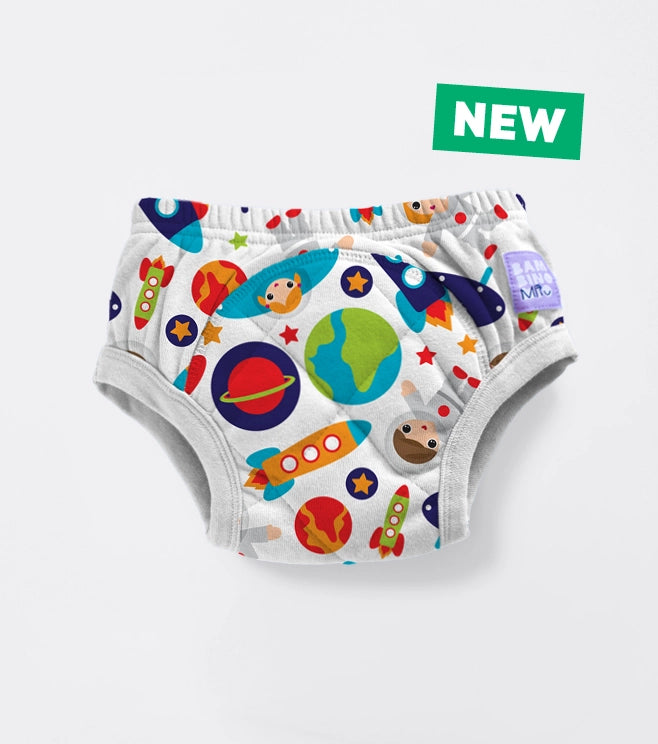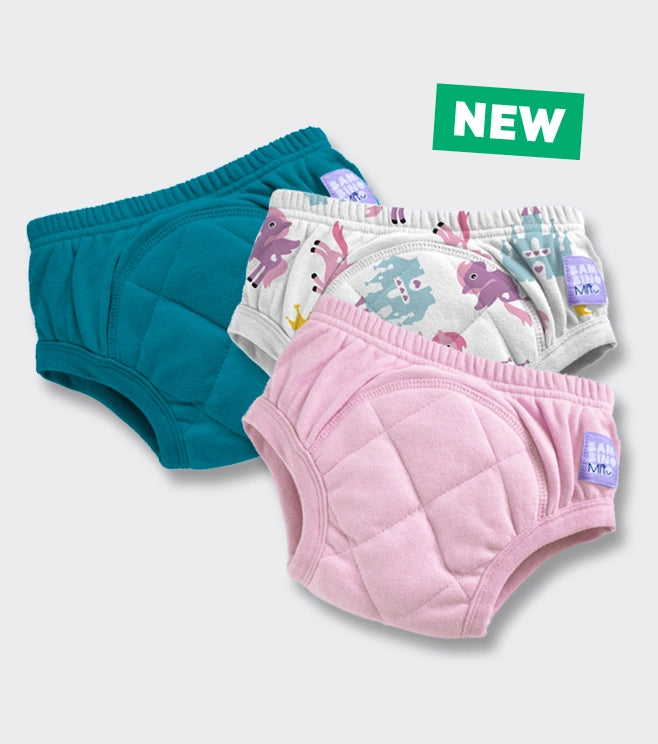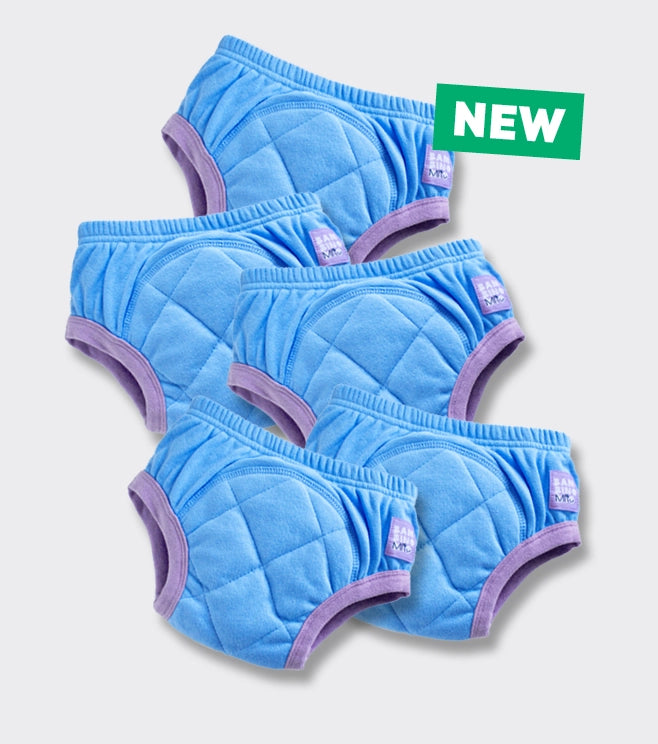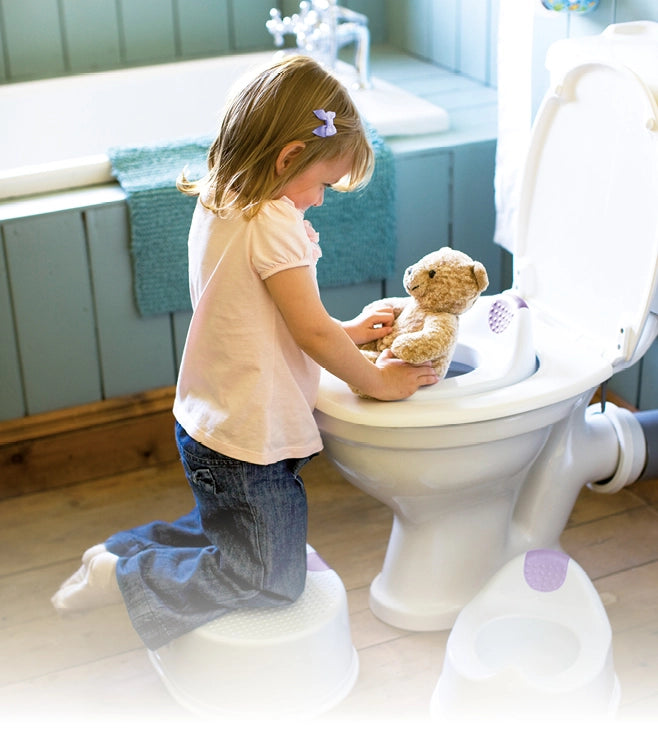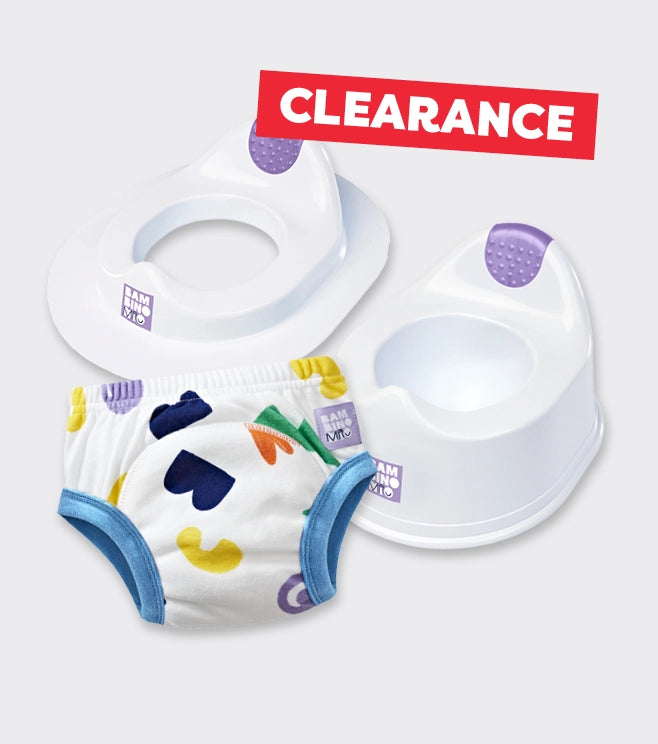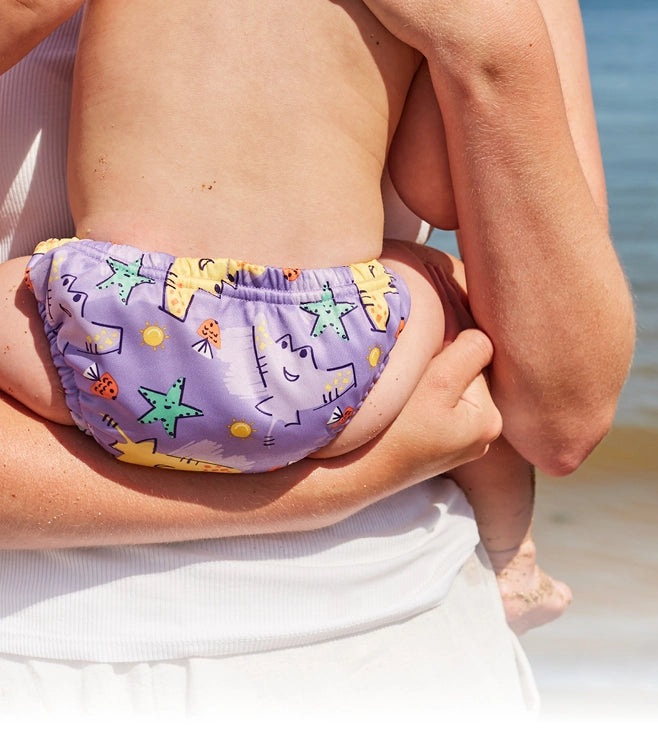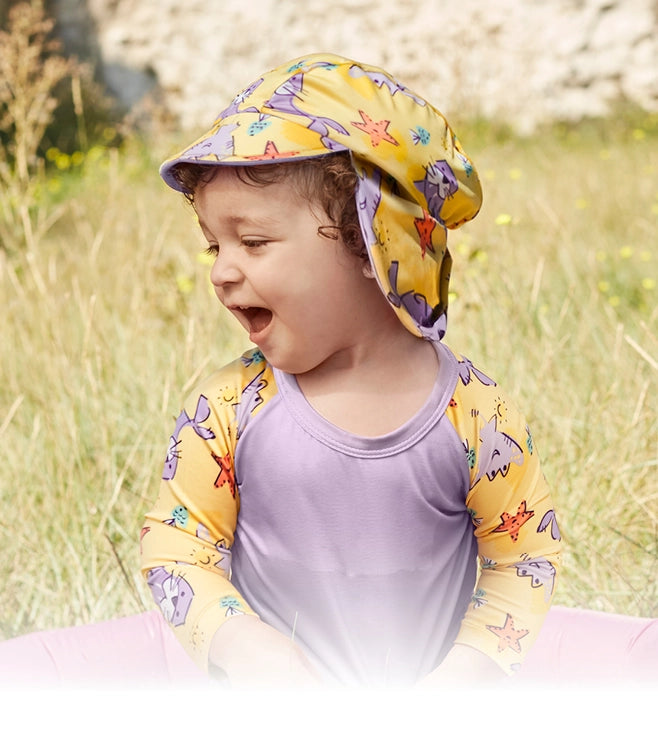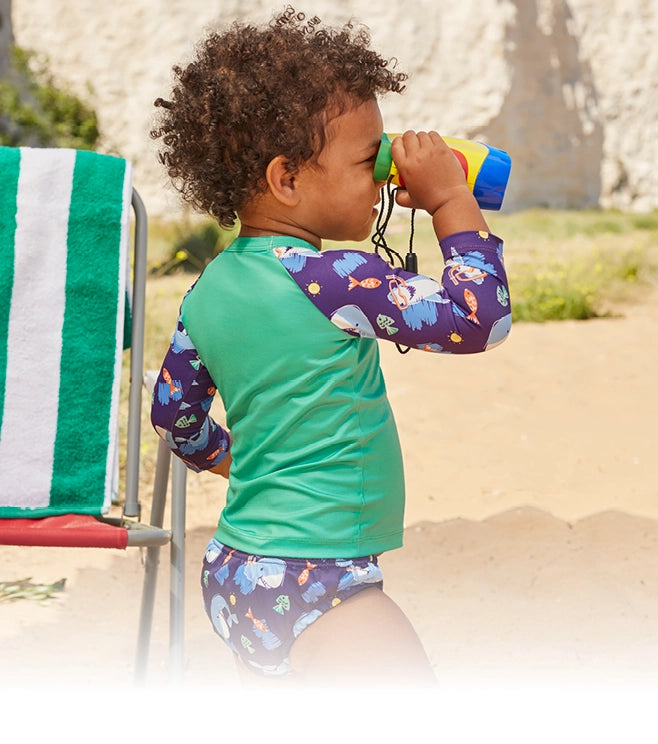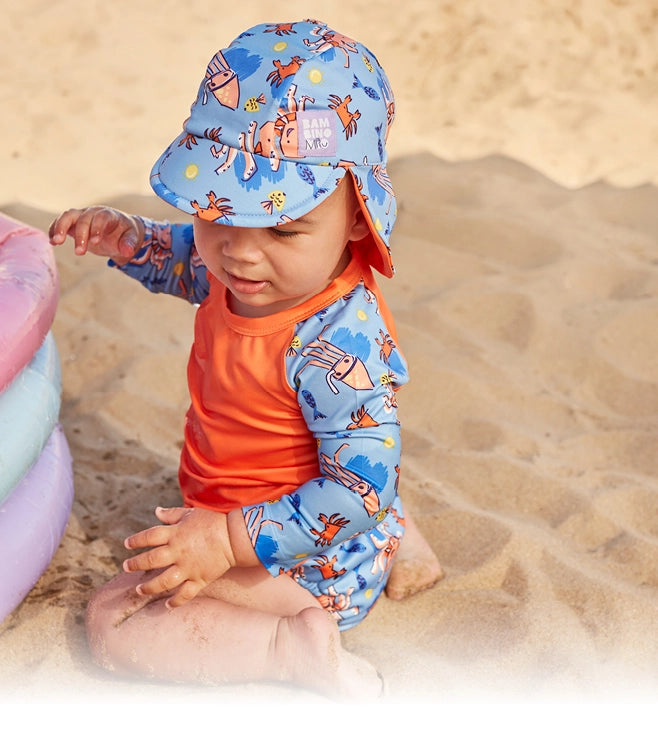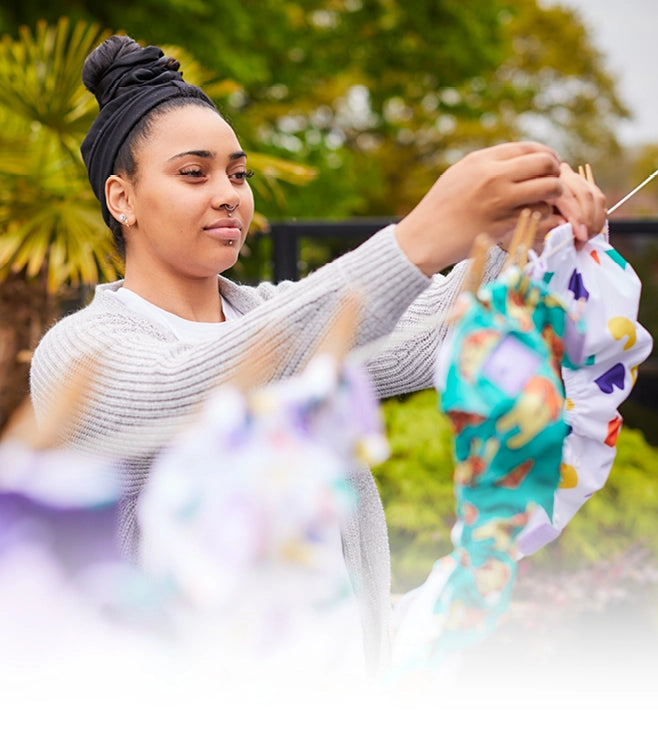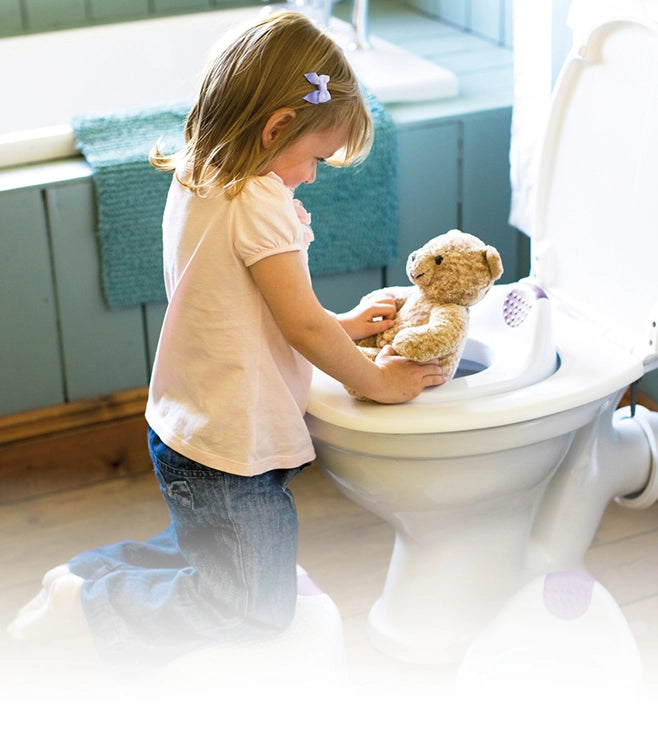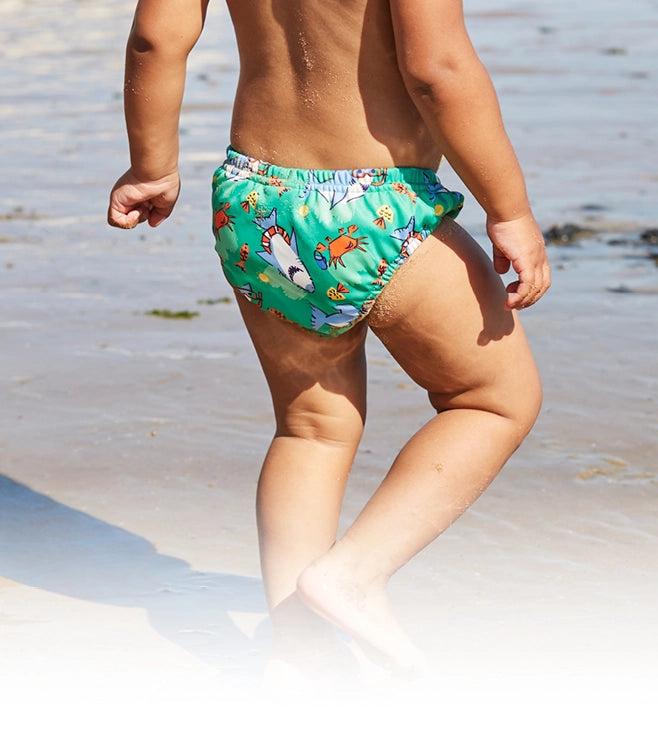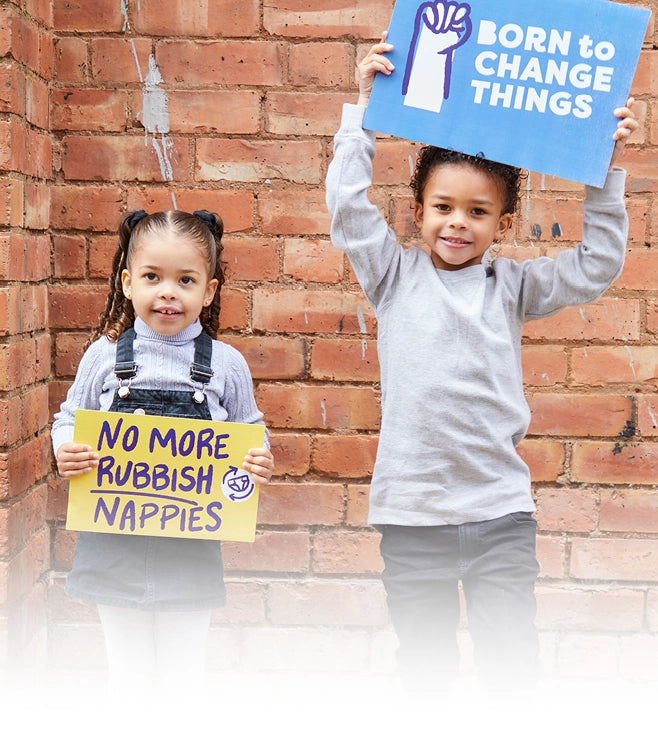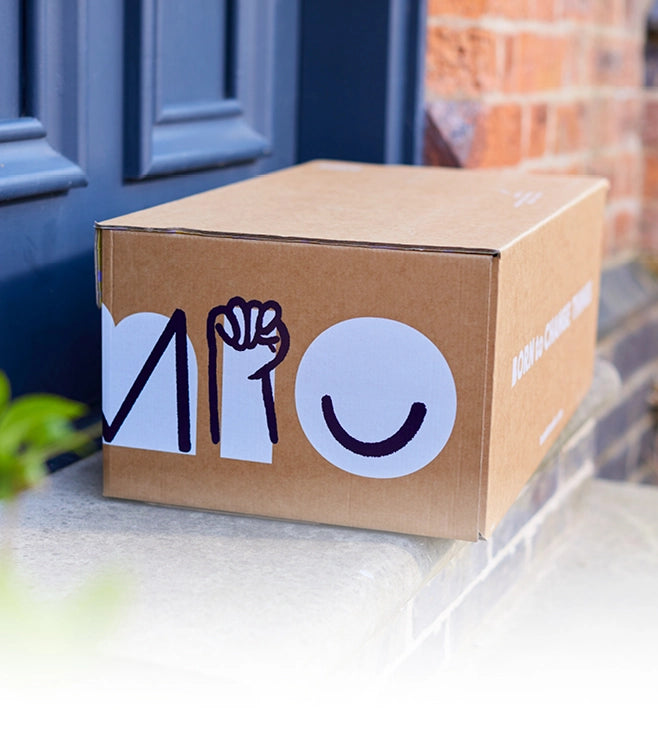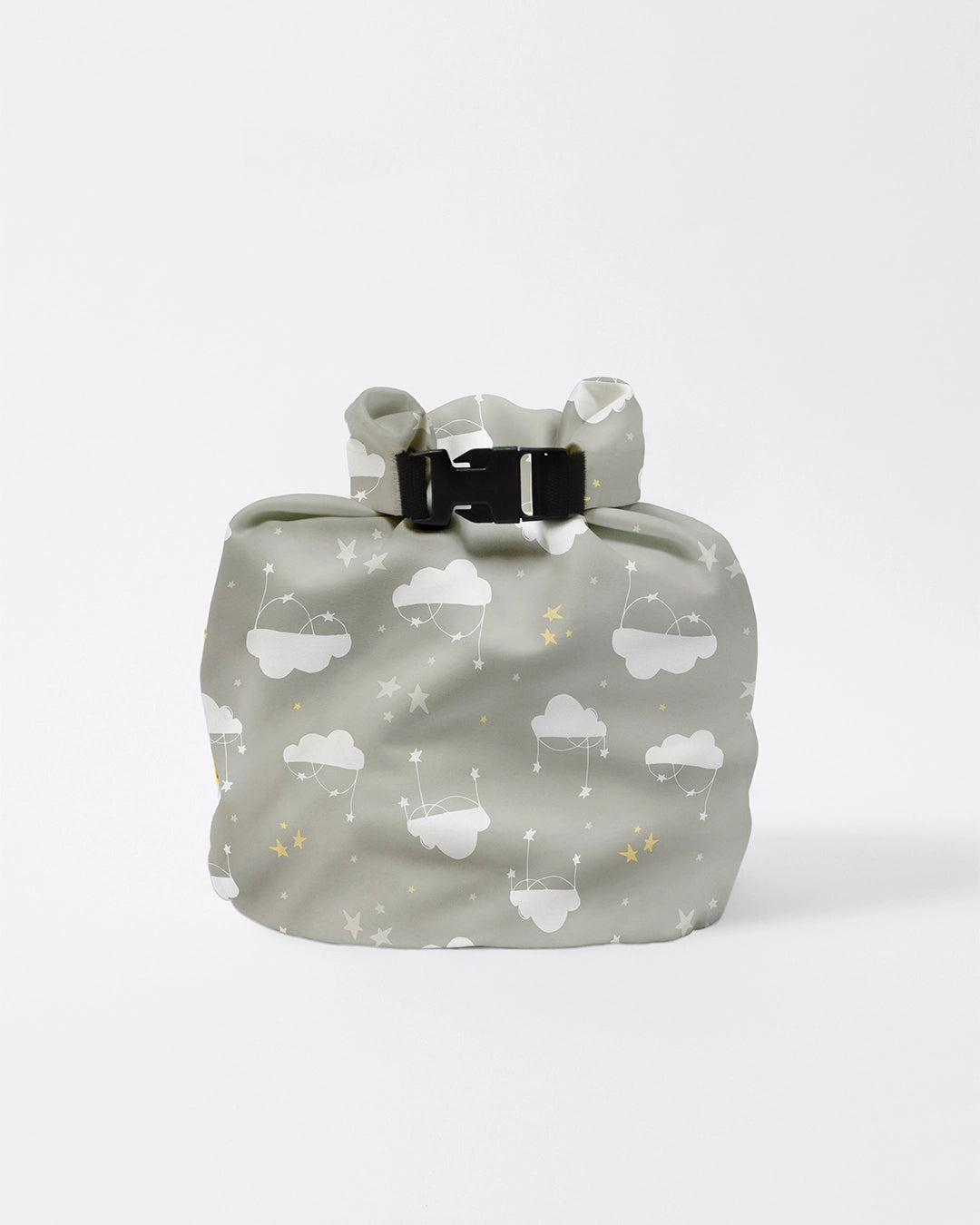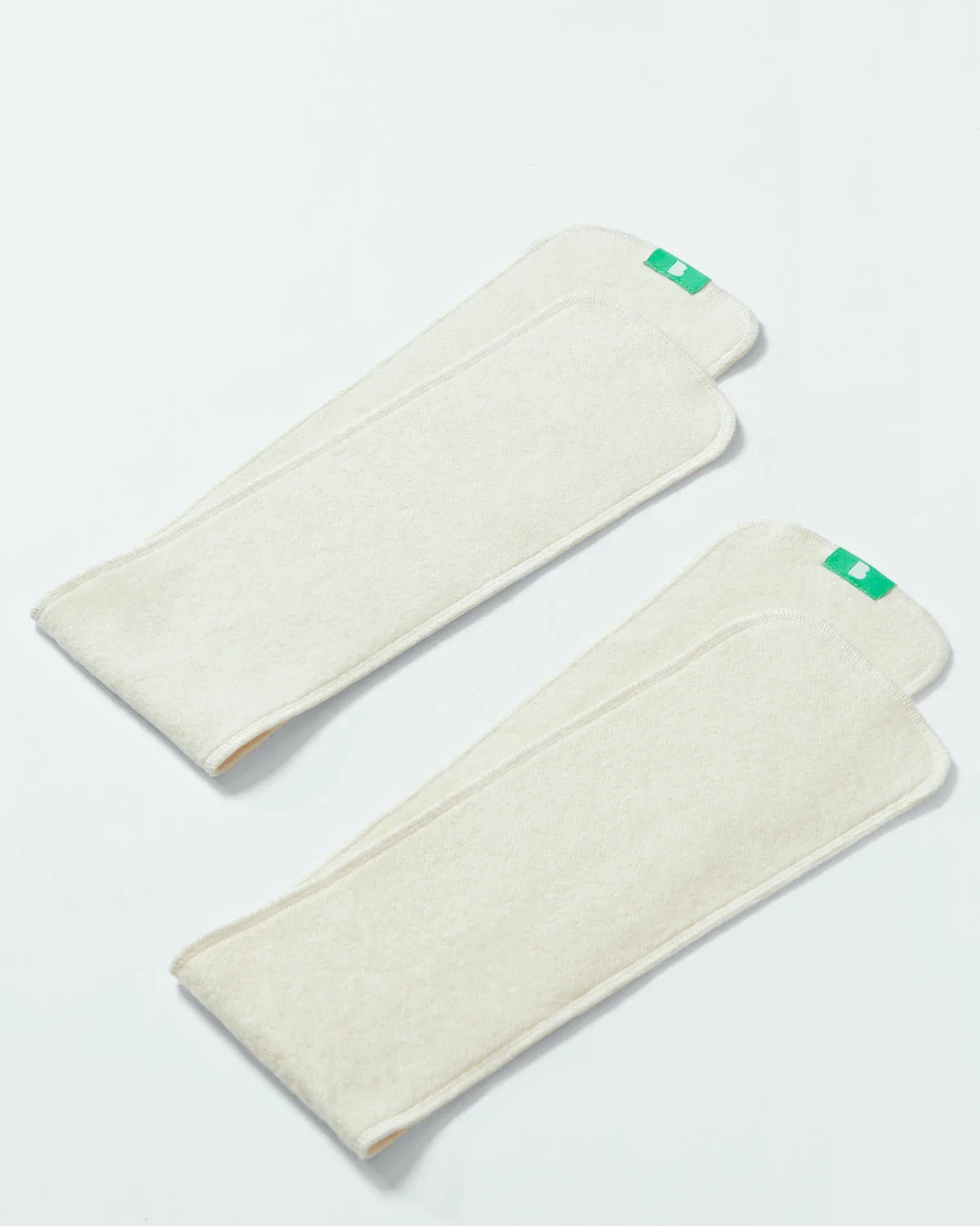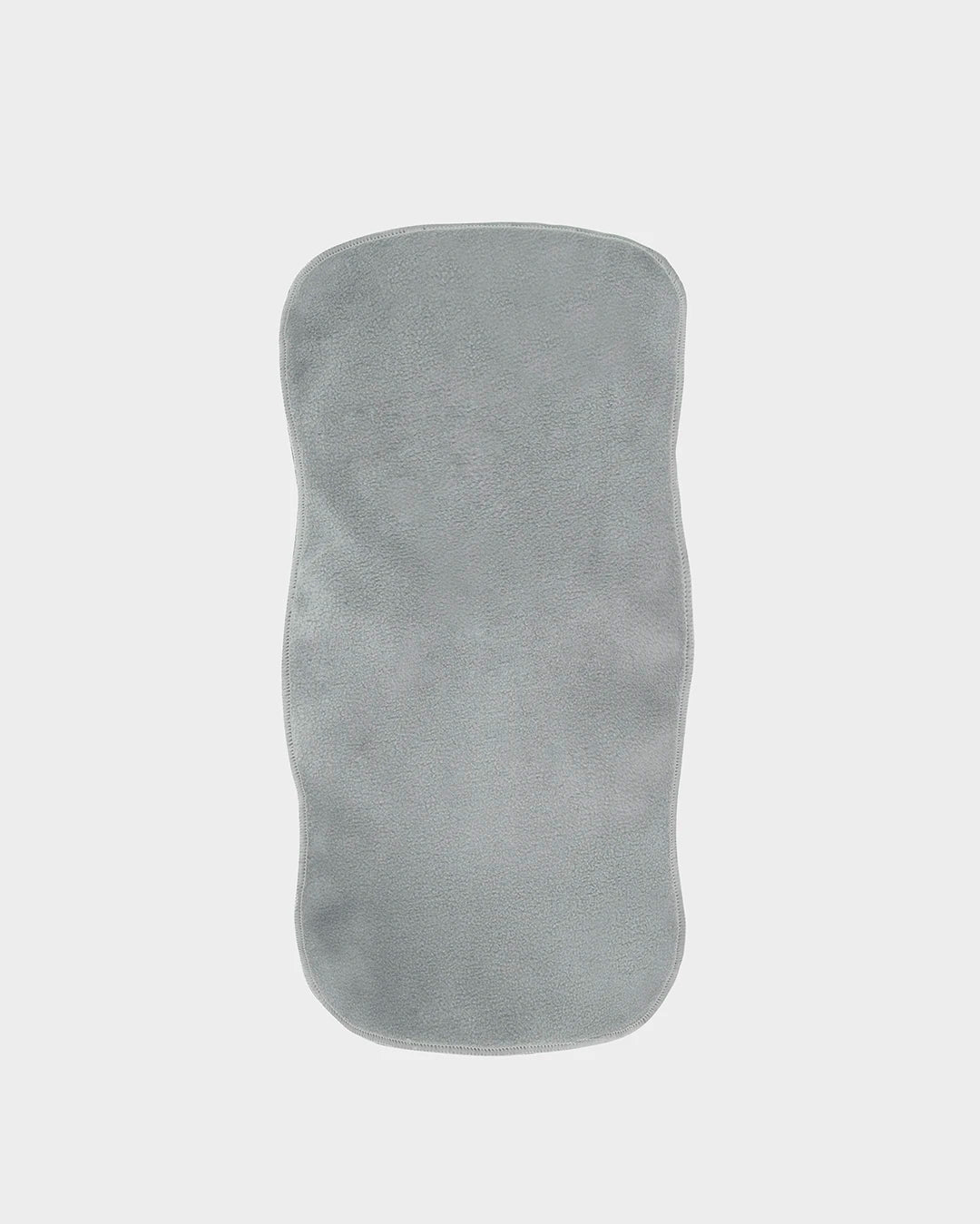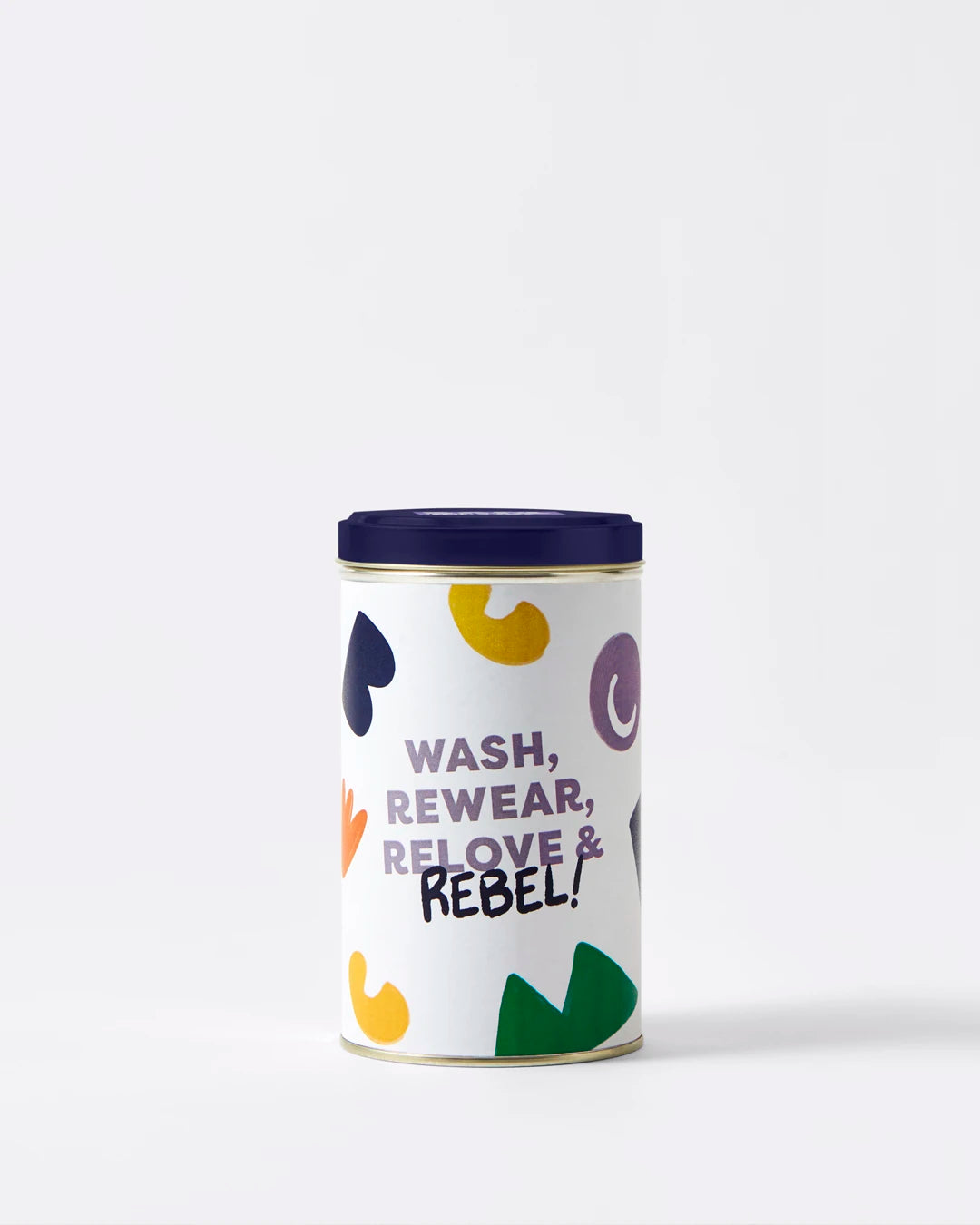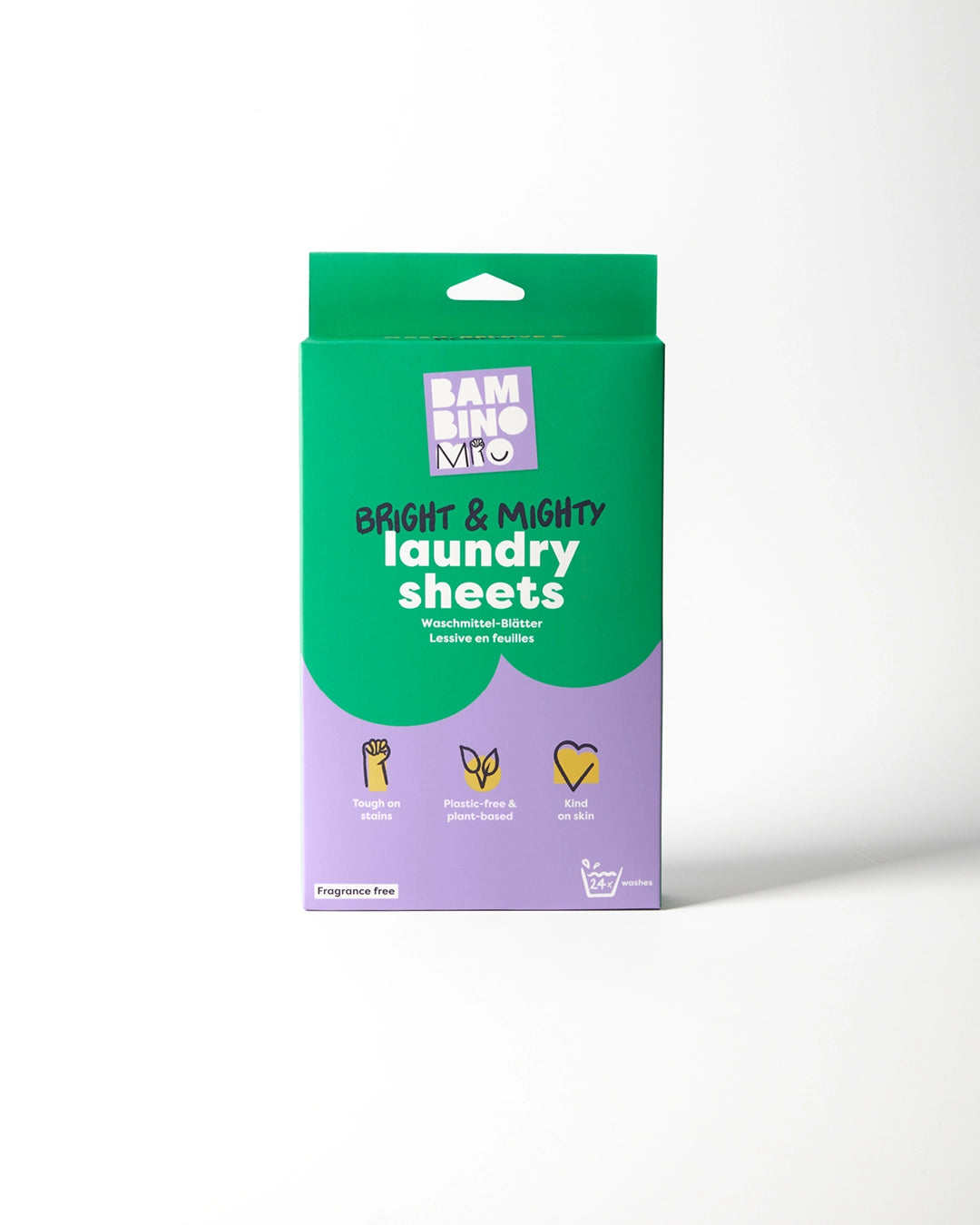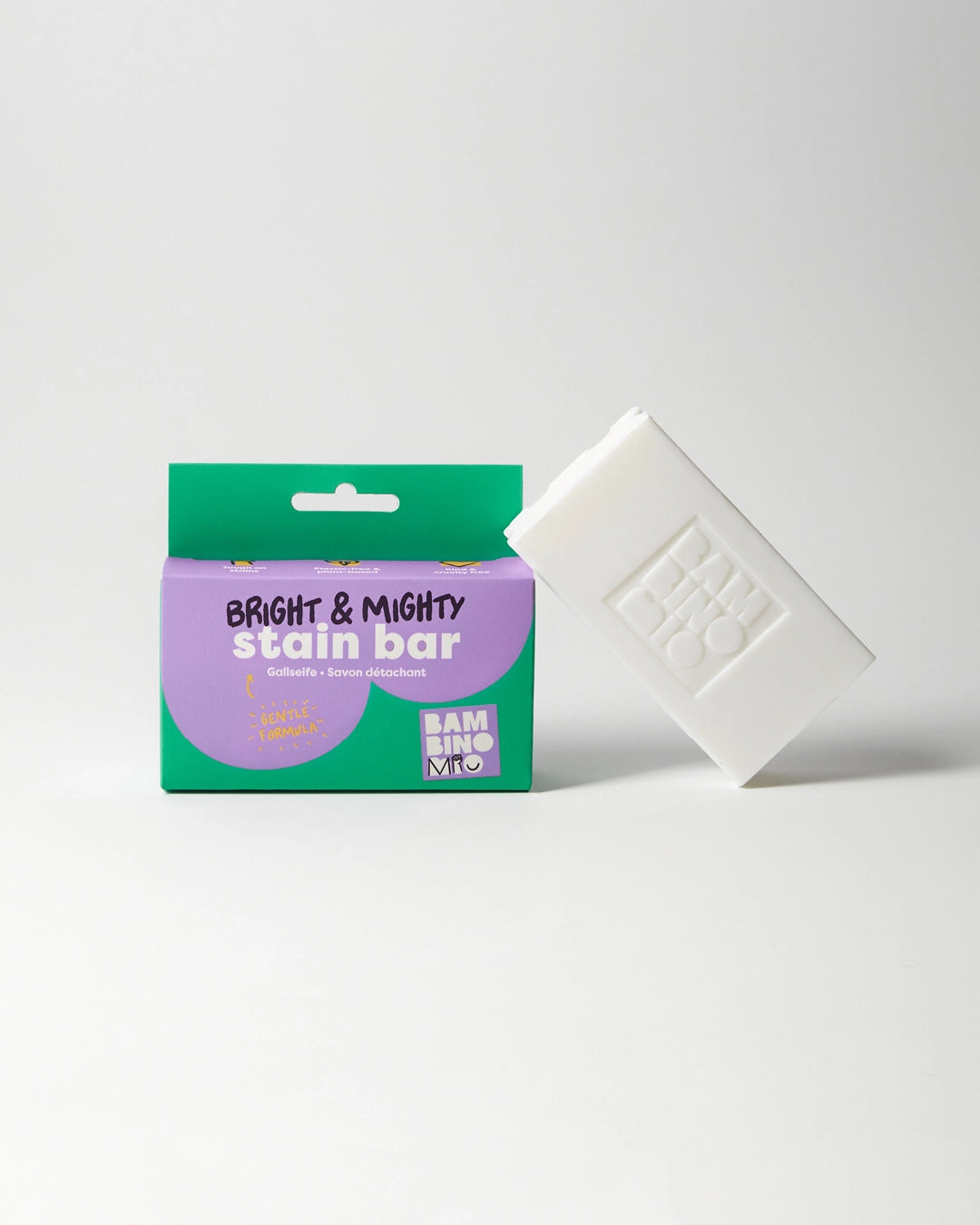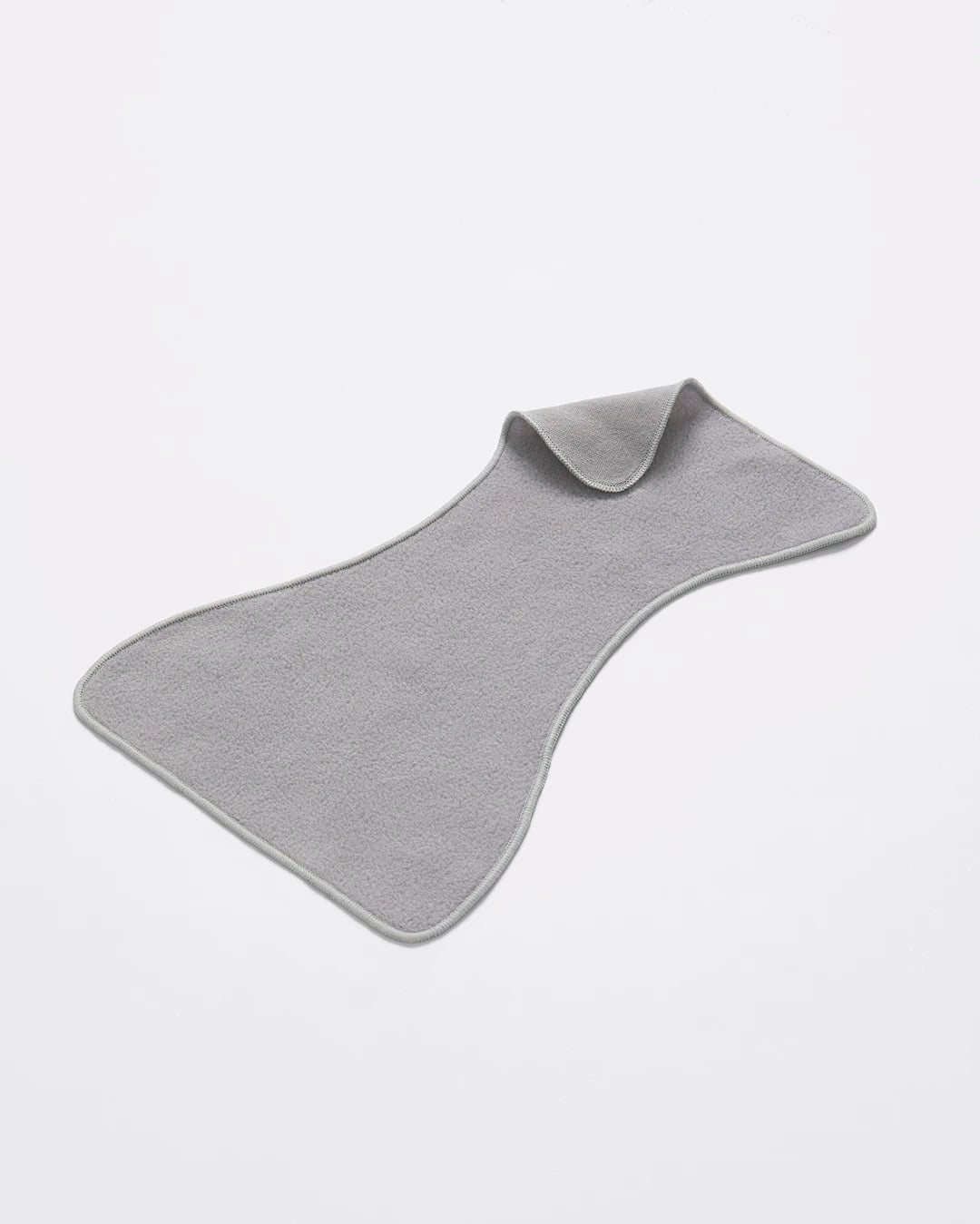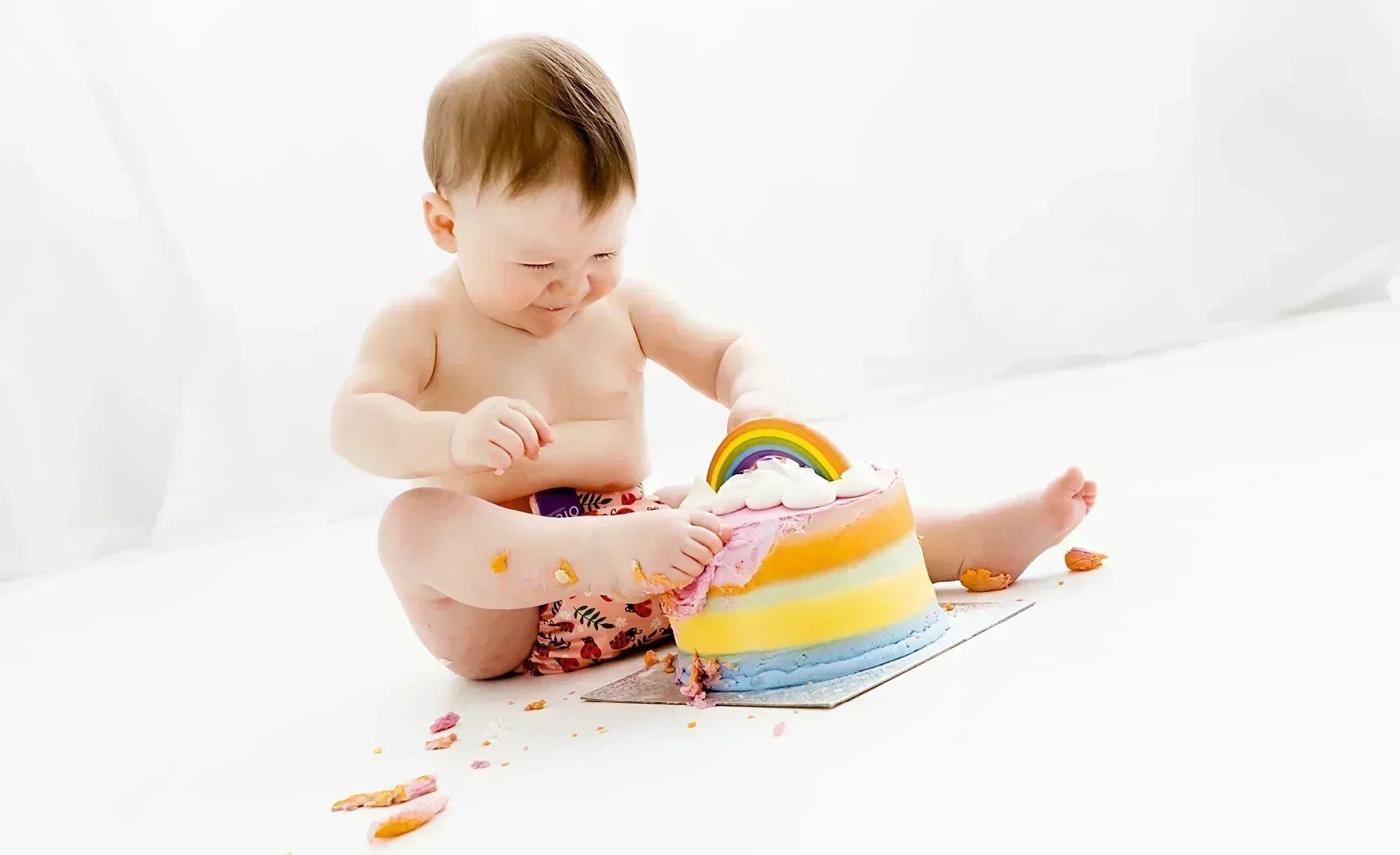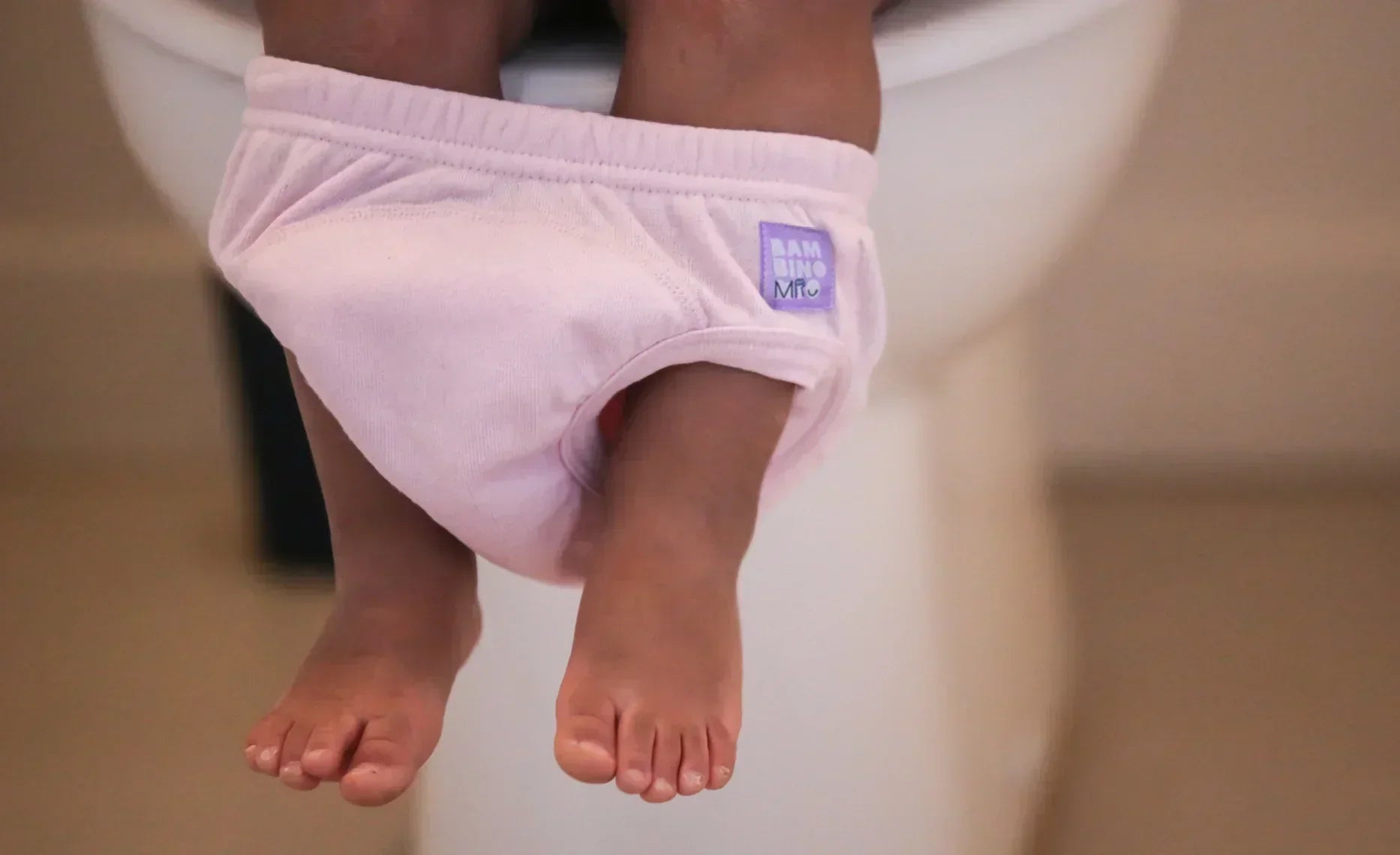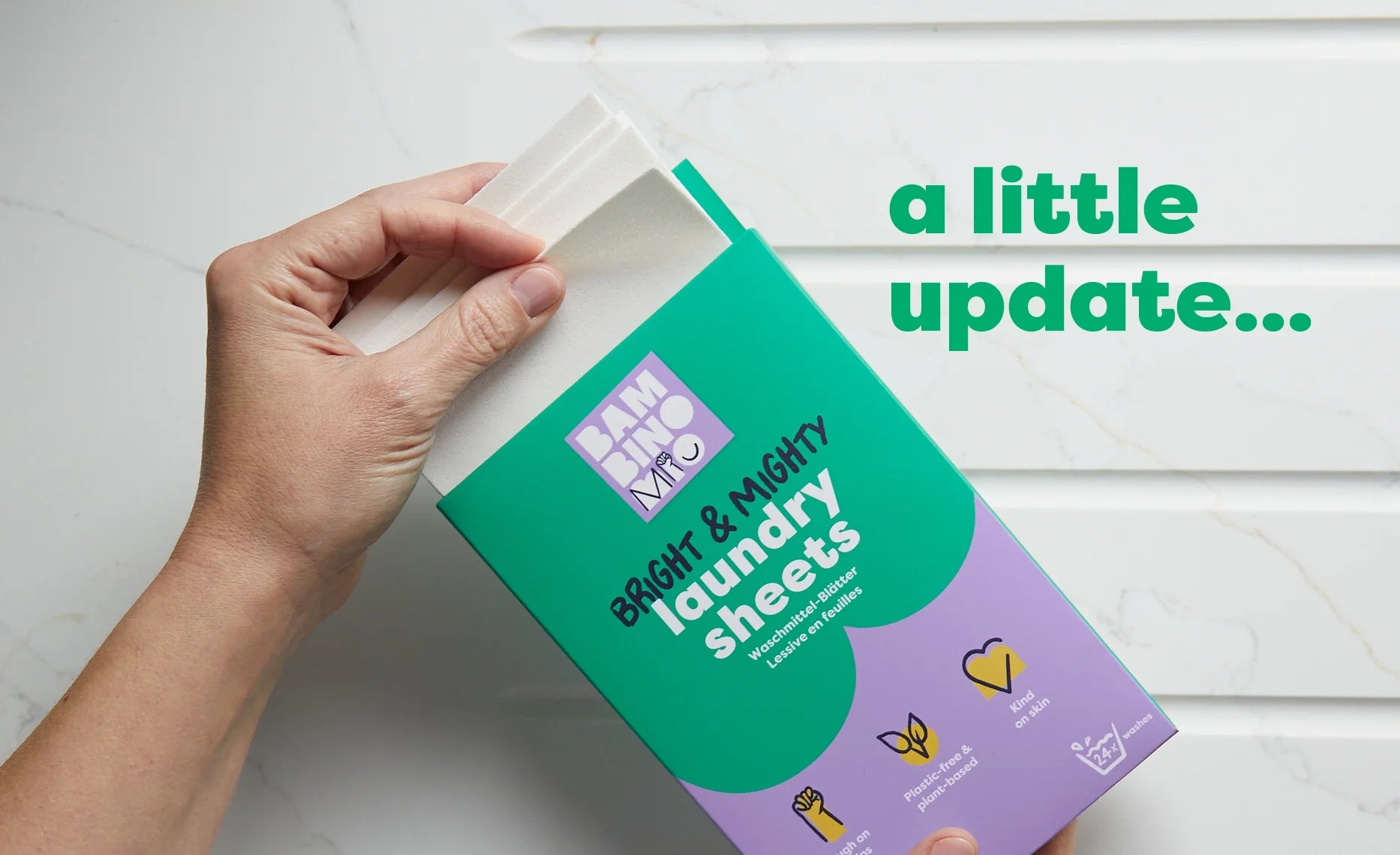Identifying the Onset of Nesting During Pregnancy
Share Options
- Bambino Mio
- 22 / 05 / 2023
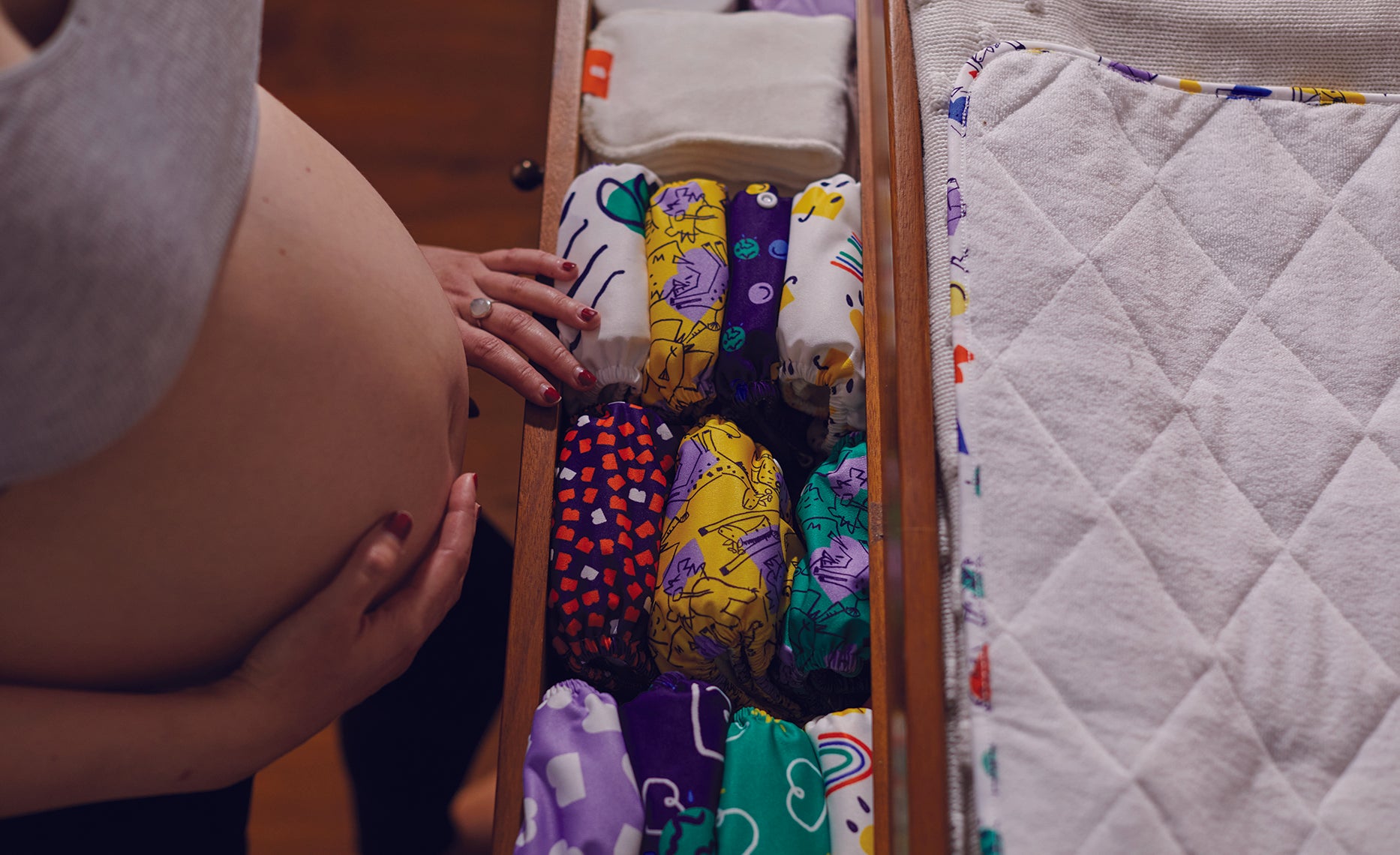
Inside this Article:
Find out more about nesting in pregnancy and how to spot if you’re entering the nesting phase yourself!
All about pregnancy nesting
Most of us have heard of pregnant women “nesting”, which can involve anything from packing a hospital bag for the 11th time that week to sanding a hallway floor.
The nesting instinct is well-known throughout the animal kingdom, with mammals and birds in particular working hard to prepare a safe space for their offspring to come into.
It also happens in humans - we are mammals, after all. While we might not head to the local park to pick up suitable-looking twigs, we do clean and reorganise cupboards, pore over birth plans and arrange (and rearrange) all the baby essentials you’ve gathered.
Why does pregnancy nesting happen?
It does make sense for someone about to undergo a huge life change to start preparing for it. Research from 2011 has found that pregnancy nesting is driven at least in part by instinctive behaviour and is all about protecting the unborn baby and creating a safe environment.
No one knows for sure what starts the nesting urge off, but it’s thought that a sudden surge of oestrogen in late pregnancy is involved. This burst of hormones also brings a burst of energy, which many women find they want to direct into cleaning floors, filling the freezer with home-cooked stews and prewashing their reusable nappies.
When does the nesting phase start?
The 2011 study found that nesting behaviour in pregnant women reached its peak in the third trimester. The study found that women started preparing and deep cleaning their homes and that they also became a bit more choosy about who they spent time with.It seems that while nesting usually starts in late pregnancy, it can happen at any point during pregnancy or even after the baby’s born. Some women don’t “nest” at all, or at least not to any noticeable degree.
What does nesting during pregnancy look like?
Nesting is as individual as the women themselves, but there are some core themes to nesting, including:
- Cleaning - nesting women can have an urge to clean out drawers, scrub behind the fridge and dust the undersides of radiators
- Stocking up on the baby’s essentials - nursing pads, muslins, cotton wool, hats, onesies and nappy creams - there’s never enough…
- Organising the baby’s equipment - deciding where the changing table will go (and then moving it again), unpacking baby clothes and testing the fancy digital thermometer (again)
- Packing - deciding what to put in your hospital bag, in your food cupboards and in your baby’s nursery space and then doing and undoing it is a sure sign you’re nesting
- Planning - you might find you’re looking over your birth plan, watching birth videos and reading about the differences between hospital and home births; again, this is all par for the course
- Becoming protective - you might start wanting to spend more time with just your closest friends and relatives, or just with your partner so you feel calmer and more in control of your environment
Does nesting mean that labour is imminent?
While nesting does tend to start in the last few weeks of pregnancy, there’s no evidence to suggest that labour will start X number of days after you’ve scrubbed the garden furniture for the fourth time.
It makes sense that nesting often happens towards the end of pregnancy, but you could still have a few weeks to go and we still don’t have any real answers.
Is it purely hormonal? Is it because you’re on maternity leave and are looking for things to do? Is it “expected” of you? Or is it a combination of all these factors?
Get those reusable nappies ready for action
One thing we know for certain at Bambino Mio is that you can spend several enjoyable hours prewashing your bundle of reusable nappies.
Why you should prewash your reusable nappies
If you’re going down the reusable nappy route, then you need to get off to a good start and a great way to do this is to make sure each nappy has achieved its full absorbency potential.
You might be wondering why you’re washing nappies that have, as yet, been nowhere near a baby’s bum, but there’s method in our madness. Washing and drying your nappy stash a few times before you use it for real opens up each individual fibre just a little bit and this allows them to absorb and retain more wee. Find out more about how to wash reusable nappies here.
It’s also incredibly relaxing and helps you to get used to handling and folding the nappies before things get real.
A few gentle washes at 40C, no fabric conditioner and some line drying (an indoor airer or cool tumble dryer is also fine) will have your washable nappies in peak condition even before they meet your baby and start their reusables journey together.
Citations and References
(1) Elsevier. ‘Evidence of a Nesting Psychology During Human Pregnancy.’ 2011. Web. www.sciencedirect.com/science/article/abs/pii/S1090513813000706?via=ihub
(2) Healthline. Parenting. ‘What Bodily Changes Can You Expect During Pregnancy?’ 2017. Web. www.healthline.com/health/pregnancy/bodily-changes-during#hormonal-changes
(3) Elsevier. ‘Evidence of a Nesting Psychology During Human Pregnancy.’ 2011. Web. www.sciencedirect.com/science/article/abs/pii/S1090513813000706?via=ihub


